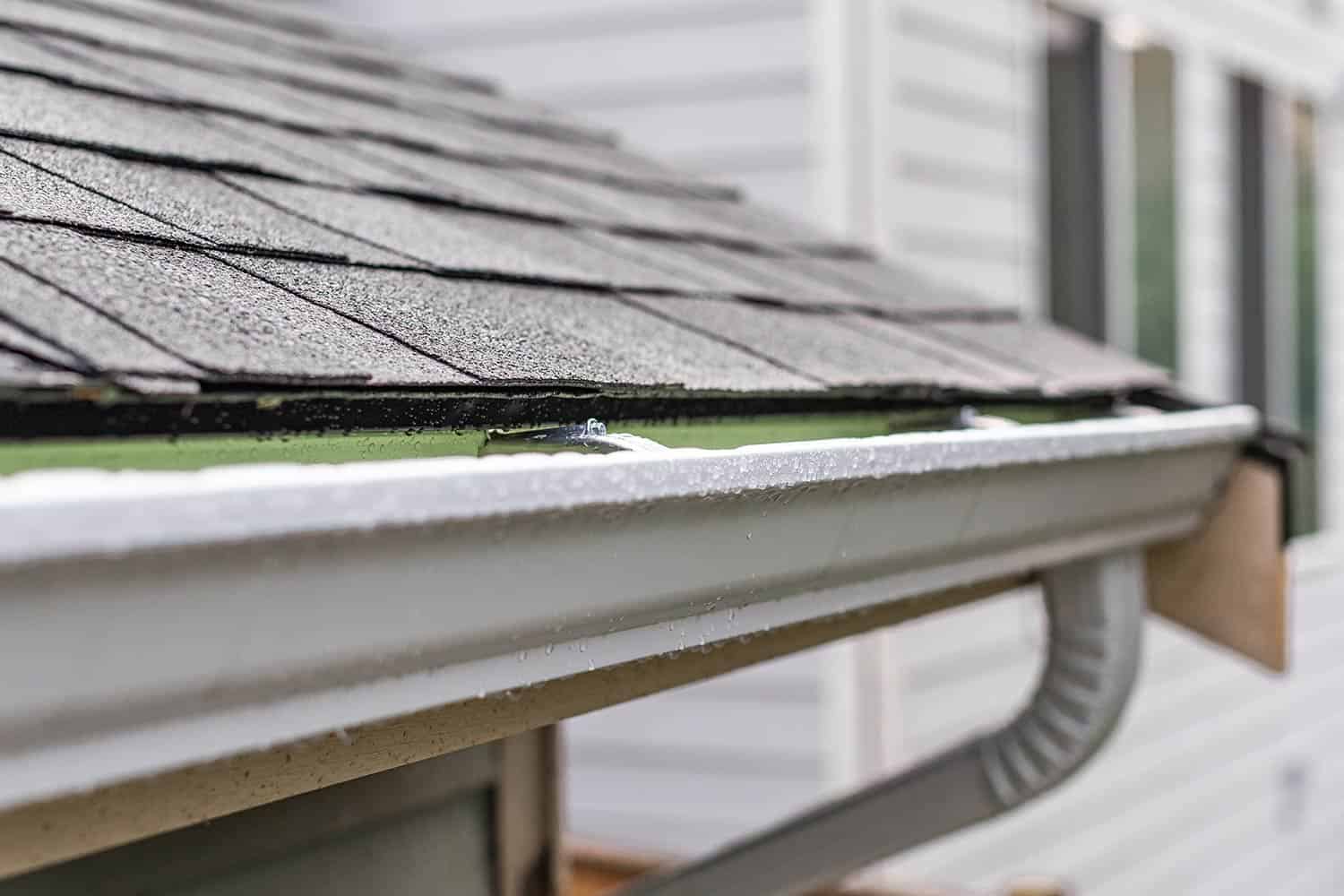Climate change isn’t a distant threat anymore; it’s happening right now, and its impact on our planet is becoming increasingly apparent. From messing with weather patterns to experiencing extreme weather events, it’s pretty clear that things are getting affected.
One area where climate change can significantly impact is your roof.
When picking the right roof for your home, you’ve got to think about the climate. With the weather going a bit wild, choosing a roof that can handle it is important.
Especially if you’re in a place like Vancouver Island, which has rough weather, you need to pick the right materials and methods for installation.
All those temperature swings and harsh weather can mess with how long your roof lasts and how much upkeep it needs. Knowing which materials work best in your local climate is a must.
We’ve compiled essential information to help you decide about your roofing options. So, sit back, relax, and explore how to make the best choices for your home.
Region with Dry and Hot Weather
Homeowners grapple with keeping their homes cool in regions with dry and hot climates like tropical areas, especially during scorching summer months. Selecting roofing materials that can handle high temperatures and maintain comfortable indoor spaces is crucial to beat the heat.
Ideally, roofing materials in such climates should reflect sunlight, minimize heat absorption, and provide good insulation.
Metal Roofing, such as aluminium or steel, is renowned for its heat-reflective properties, bouncing off a significant amount of sunlight and cooling down rapidly.
This prevents the roof from becoming a heat trap and helps keep the interior of the home cooler. Another excellent option is tile roofing, which features clay or concrete tiles and is widely used in hot areas.
They effectively reflect sunlight and resist absorbing excessive heat, contributing to maintaining a cooler indoor environment, making them a practical choice for regions with dry and warm climates.
Regions with a Humid and Moisture Climates
In areas with humid and moisture-rich climates, such as coastal regions, it’s crucial to choose roofing materials that can handle constant exposure to water without getting damaged.
Woods like cedar and redwood are great options for these climates because they naturally resist moisture.
However, they must be installed properly with enough slope and overhangs to drain water effectively. Clay and concrete tiles are also durable choices that can withstand moisture well. And if you’re looking for something naturally waterproof, slate is a fantastic option.
Metal roofing is another good choice since it’s resistant to moisture, but insulating it in humid climates is important to prevent condensation. Without proper insulation, metal roofs might start rusting or corroding over time.
Regions with Cold Weather
Vancouver may have relatively mild winters, but it’s not immune to occasional cold snaps. Even though excessive snowfall isn’t a major concern, your roof must withstand freezing temperatures occasionally.
Cold weather can take its toll on your roof, causing additional wear and tear, even if the cold spells aren’t prolonged. That’s why choosing roofing materials that can handle the occasional chill is essential.
Surprisingly, metal roofing is a top choice for colder climates. Its rust-resistant and waterproof properties make it ideal for withstanding freezing temperatures.
Plus, metal roofs are not affected by temperature fluctuations, whether hot or cold outside.
For homeowners who prefer a more traditional aesthetic, cedar shakes and shingles offer natural insulation and timeless appeal.
However, they may require regular maintenance to prevent rot or decay in freezing conditions.
Regions with a Strong Wind
Areas prone to hurricanes and tornadoes require roofs that can withstand strong winds, as insecurely fastened asphalt shingles are vulnerable to wind damage.
Lightweight metal roofing is highly resistant to strong winds, while hip designs and lower pitches help minimize wind force. Heavier roofing materials like tile, slate, and concrete are less likely to be displaced by winds.
To ensure your home can withstand windy conditions, ensure it meets wind-resistance standards with securely fastened trusses, rafters, and protective membranes. Reinforced decking provides additional wind protection.
In regions with high winds, use wind-resistant fasteners and reduce the spacing between fasteners at edges and corners to strengthen the roof against wind damage.
Regions with Hail Storms
While hailstorms aren’t common in Vancouver, they occasionally cause roof problems. Hailstones can potentially damage or puncture roofing materials, leading to costly repairs.
To address this issue, it’s worth considering impact-resistant materials like asphalt shingles, specifically designed to endure the impact of hailstones.
These shingles enhance durability and provide an extra defense against potential hail damage.
Additionally, looking into impact-resistant roofing materials, such as specially engineered asphalt shingles or synthetic roofing materials, can offer further protection for your roof against the potential effects of hailstorms.
These materials are made to withstand the impact of hailstones, reducing the chances of significant damage.
Conclusion
Selecting the right roofing materials for your home is crucial to withstand the ever-changing climate conditions. Your roof protects your home and ensures your comfort against external elements.
Looking to fortify your home against the elements? Trust Roof Pro to provide expert guidance and premium roofing solutions. Our team offers personalized advice tailored to your region’s climate, ensuring you make the best roofing decisions for your home. Don’t leave your home vulnerable – reach out to us today and protect your investment for years to come!


